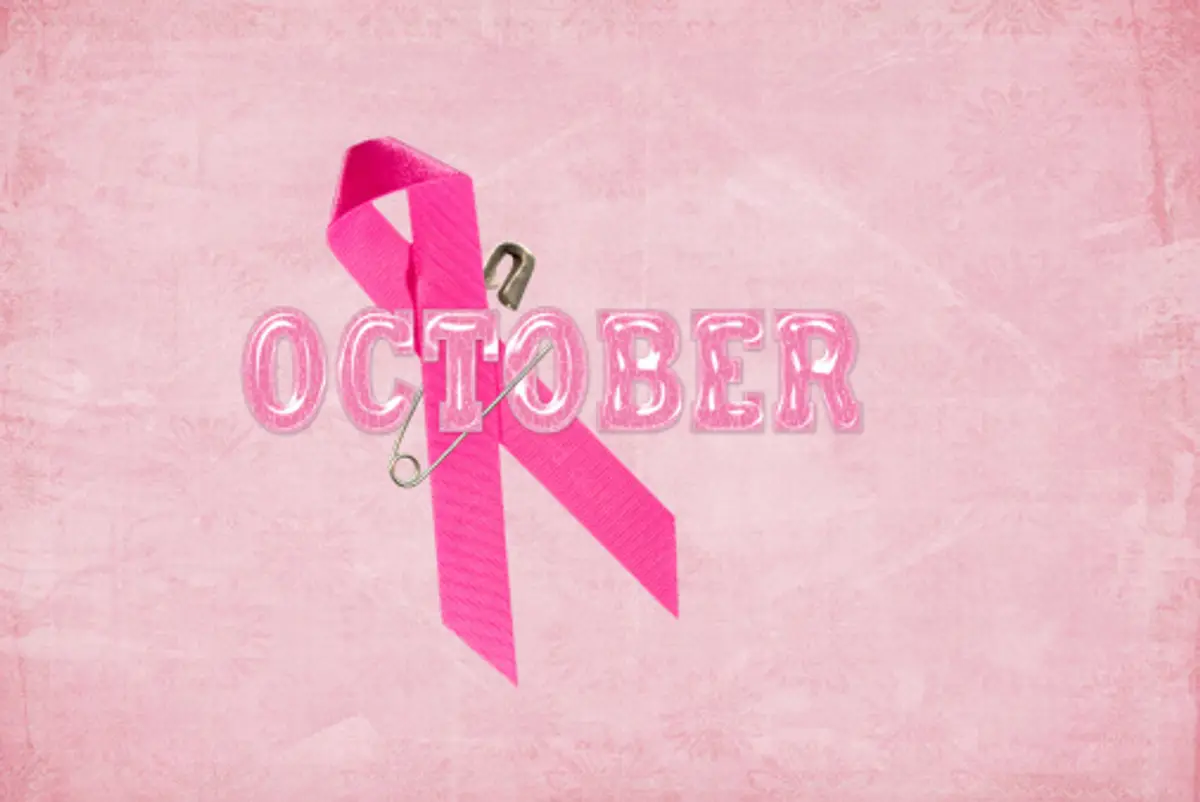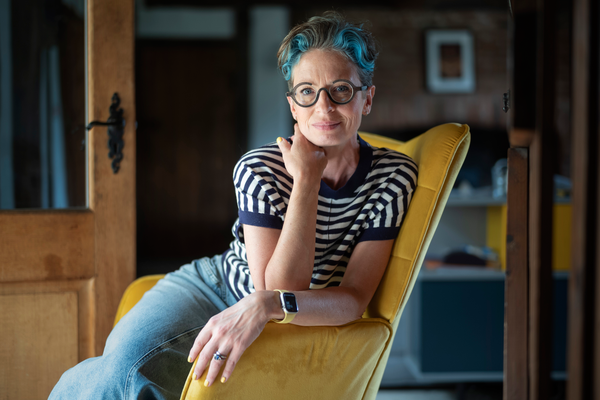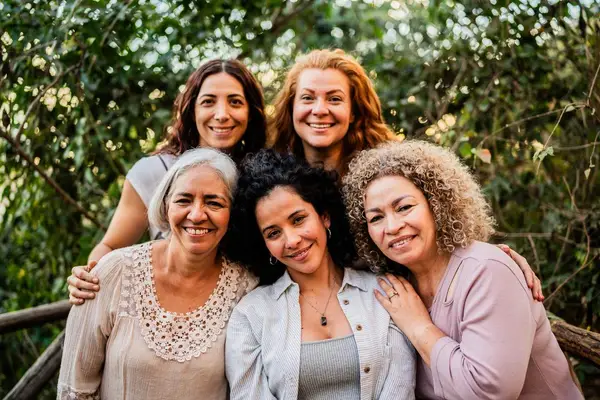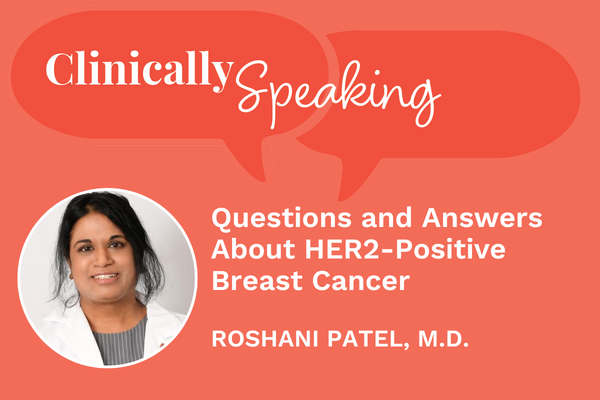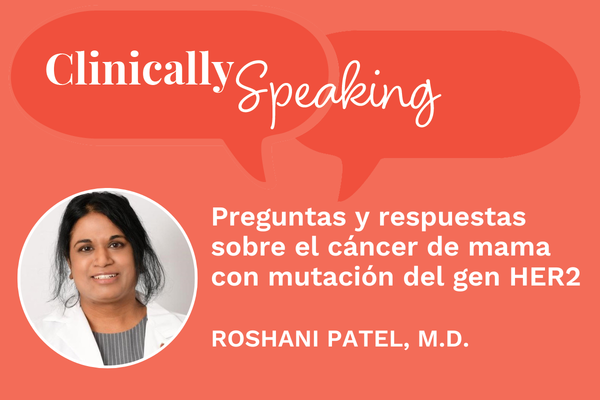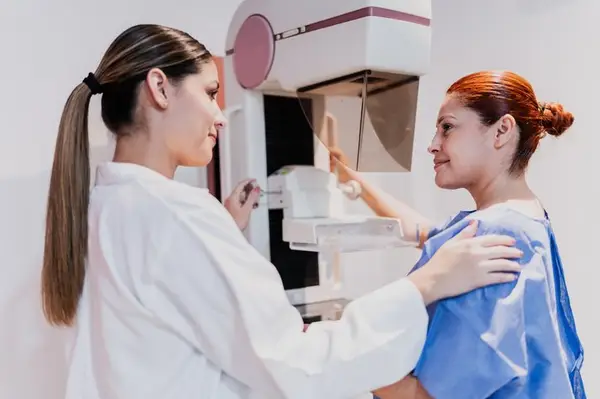I was both unprepared and shocked at this turn of events. Breast cancer was nowhere in my family. My mother, sister and grandmother were all alive and well and cancer-free, as were many female members of my family. I was relatively young and led a healthy life. I exercised, ate well and limited my alcohol intake to a few glasses of wine each week. I didn't fit what I thought to be the "typical" profile of a woman with breast cancer.
But I've learned a lot since then from my job as a health journalist, my own personal journey and the increasing public awareness of this disease.
I may know a lot, but I don't know everything; not even the most seasoned scientists do. Breast cancer prevention and cures continues to be elusive, although great strides in research continue to be made in how to detect and treat the disease. Newer screening techniques, like 3-D mammography (aka breast tomosynthesis), allow for the breast to be viewed from different angles for a more comprehensive and detailed view. No longer is there a one-size-fits-all treatment for breast cancer, but instead, more personalized treatment exists that looks at an individual's specific tumor type and even further into the expression of certain genes to help predict which women can safely skip chemotherapy altogether.
Though treatment options have certainly improved and become more personalized and targeted through the years, the death rate from this most common cancer among women in the United States (other than skin cancer) remains stubbornly high: The American Cancer Society estimates deaths from breast cancer to be over 41,000 each year. And many myths, misconceptions and fears persist.
Please don't think breast cancer only happens to other people and can't happen to you. Just being a female puts you at risk (and, yes, even men can get breast cancer; an estimated 500 will die of it in 2019).
True story: I knew a woman years ago who told me she never got mammograms because she "just didn't want to know." Hearing that was like a knife in my stomach. I begged her to get one, telling her my personal story. But she refused. A few years later, I found out that she died—not from breast cancer but from colon cancer. But like breast cancer, early detection and treatment may have saved her life. She had symptoms but ignored them, too afraid to investigate further.
A better story: Another woman I knew told me she had a lump checked out by her doctor, who told her not to worry. "You're too young to be concerned," he said. I pleaded with her to see another doctor and push for a biopsy. She did. The biopsy was positive. She was successfully treated with surgery and chemotherapy and is alive today.
Breast Cancer Dos and Don'ts
Don't think that just because you have a lump, you have cancer. Most breast lumps—in fact, 8 out of 10—are not cancer.
Do get all lumps checked out by a doctor.
Don't think that you're too young to get breast cancer.
Do know that although breast cancer is more common in women over 50, it exists in younger women, too: about five percent of breast cancers occur in women younger than 40, responsible for approximately 12,150 cases. About 26,393 breast cancers occur in women under age 45.
Don't think that if you find a lump after a negative mammogram, it's OK to ignore it. Though a reliable screening tool, mammograms are not perfect, and can miss about one in five breast cancers. This is true especially if the cancer is in a difficult area to see (for instance, near your armpit) or in dense breasts (which are more common in younger women). You may need imaging with an MRI or ultrasound or another mammogram.
Do contact your health care provider if the lump doesn't go away.
More: Breast Cancer: 10 Common Misconceptions
Don't think that just because the lump is painful, it can't be breast cancer.
Do realize that although most breast cancers are not painful, having pain does not mean you're cancer-free. A type of breast cancer called inflammatory breast cancer can be painful; its early symptoms can include a red, swollen, warm and tender breast.
Don't assume that you can't get breast cancer while you're breastfeeding.
Do get the lump checked out. Yes, breastfeeding might reduce your risk, but you can still get breast cancer while you are nursing. If you do need a test, imaging techniques like MRI, ultrasound or mammogram, will not affect milk production or safety.
Don't think that just because there's no breast cancer in your family, you won't get it.
Do know the facts: According to the American Cancer Society, only about 5 percent to 10 percent of breast cancers are thought to be hereditary. Over 85 percent of women who get diagnosed with breast cancer have no family history at all.
Don't assume that a small lump is less likely to be cancer than a large lump.
Do get any lump checked, regardless of size. Size doesn't affect the odds that it is cancer; even a tiny lump can be an aggressive cancer.
Don't gain a lot of weight after menopause. Fat tissue produces estrogen, and having more fat tissue after menopause can increase your risk by raising estrogen levels. Overweight women also tend to have higher levels of insulin, which has been linked to some cancers, including breast cancer.
Do remain physically active (or if you're not, it's not too late to start). Growing evidence points to the fact that physical activity helps regulate hormones like estrogen and insulin and thus help reduce breast cancer risk. What's more, exercise helps control weight, which in turn regulates hormones and keeps your immune system healthier. A 2019 study published in the Journal of Clinical Oncology found that 2.5 to 5 hours of moderate activity each week, or 1.25 to 2.5 of vigorous activity could significantly lower the risk of several cancers, including breast cancer.
More: Daily Walk May Cut Your Breast Cancer Risk

